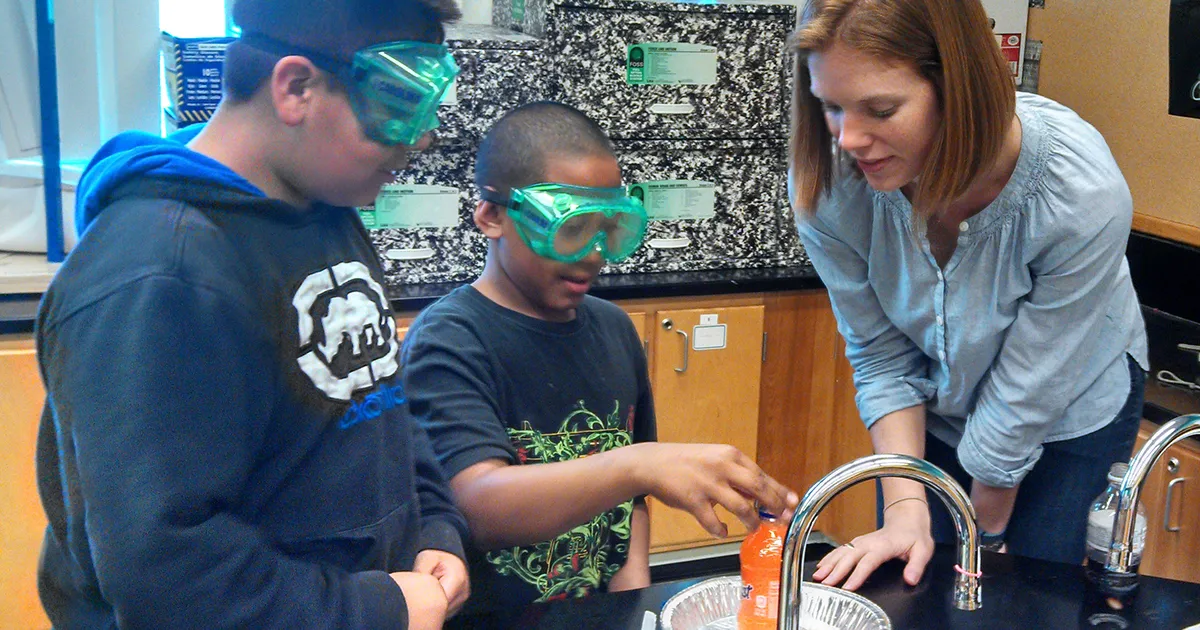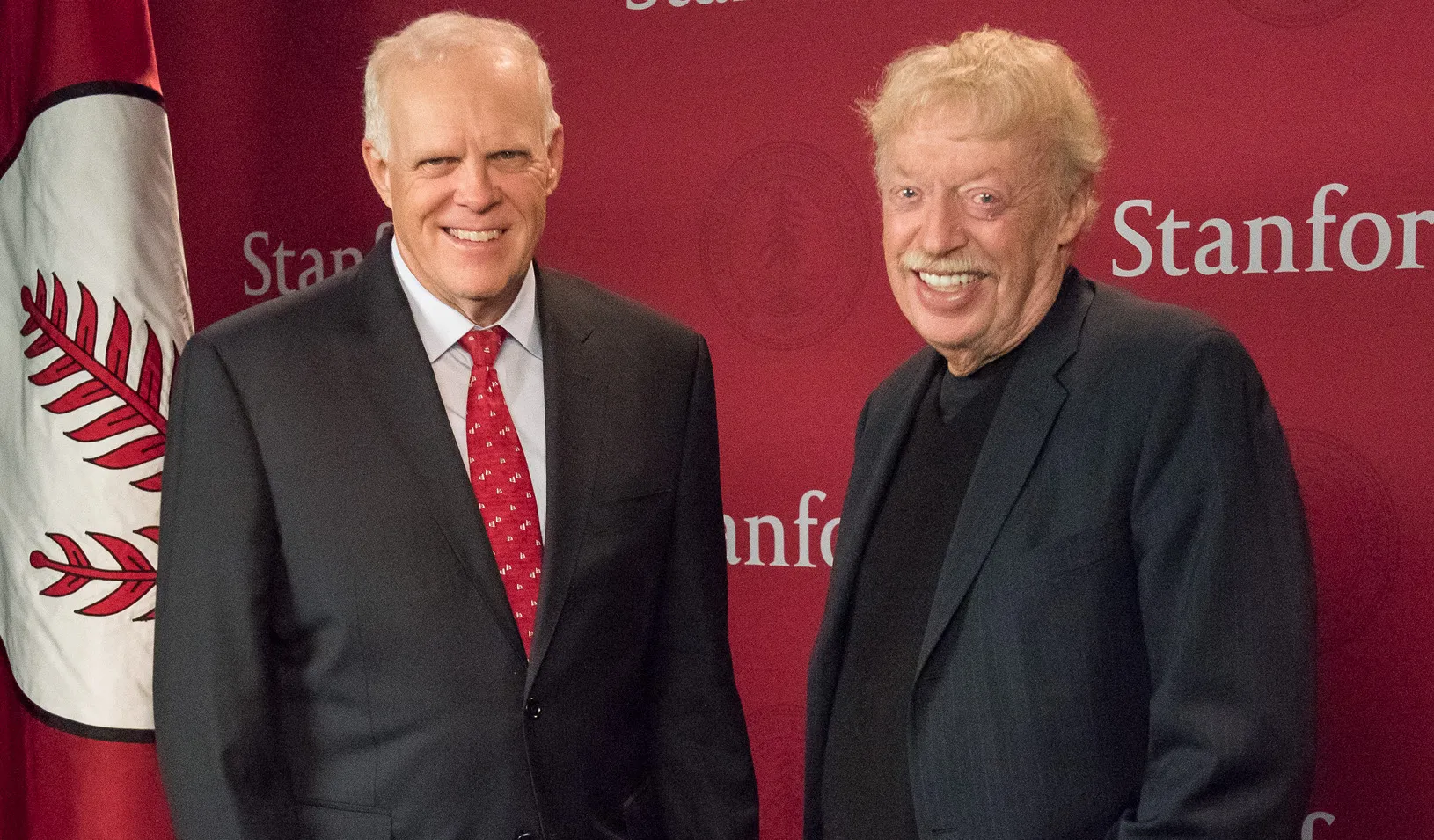ACT Helps Haas Center Develop Five-Year Road Map
ACT consultants were called on to assist in the development of a five-year strategic plan that would guide the Haas Center’s decisions regarding programs, funding, facilities, and staffing.
February 15, 2011

Inspired, engaged civic leaders. Imagine what they could accomplish. This new generation of leaders could develop solutions to increasingly complex social challenges, and create a more just and sustainable world. This is the goal of Stanford’s Haas Center for Public Service, as articulated in its latest five-year strategic plan — the result of a recent Stanford Alumni Consulting Team (ACT) engagement.
Just about to celebrate its 25-year anniversary and with new leadership at the center, the timing could not have been more perfect for the center to embark on a strategic planning process. ACT consultants were called on to assist in the development of a five-year strategic plan that would guide the Haas Center’s decisions regarding programs, funding, facilities, and staffing.
Raising the Bar for Public Service at Stanford and in the Field
When the Haas Center was established in 1984, it was one of the first university-based public service centers in the country. The center embodied the promotion of public welfare within the university’s founding grant, and helped to catalyze a national movement focused on renewal of the civic purposes of American higher education. The Haas Center connects academic study with community and public service to strengthen communities and develop effective public leaders, and offers a wide range of courses and programs including community-based research, service learning courses, undergraduate and graduate fellowships, and service partnerships with local community organizations.
According to Thomas Schnaubelt, Executive Director for the Haas Center and Assistant Vice Provost, “The questions, challenges, and issues that Haas faced were no different from those at other institutions of higher learning: how to balance the dynamic tension between service and learning, how to appropriately assess impact, and how to define our work. As we set out to celebrate the Haas Center’s 25th anniversary in 2010, we thought it was fitting, if not essential, that we develop a plan for our future that raised the bar for both Stanford and the field.
ACT was brought in to provide us with an objective source of both information and facilitation around the strategic planning process. Because we have so many stakeholders, we had to figure out the next iteration of Haas. In other words, where did we want to be in five years. ACT was absolutely instrumental in helping us do that in a way that was objective, and enabled us to hear a lot of different voices.”
Methodology — Addressing Stakeholder’s Needs
The team of eight ACT volunteers worked closely with the entire Haas staff. The five-month engagement included a situational analysis, development of plan goals, alternative scenarios and actions, and refinement and plan adoption. The methodology included interviews with key stakeholder groups (community members, campus partners, faculty members, students, alumni, and staff) as well as interviews with comparable centers at other universities (Harvard, Brown, Tufts, Tulane, etc.), analysis of Haas operating and financial data, and analysis of existing surveys and publications.
According to ACT Project Co-Lead Karl Matzke, SEP ‘93, “Inclusion was a big factor for the organization, so unlike a lot of other nonprofits where we might work with the executive team and interview a few people, with the Haas engagement, the meetings were generally held with the entire staff, and we also had three different boards as well, from a student and faculty group to a national board. There were lots of different constituencies, and that was the biggest challenge — getting everyone facing in the same direction.”
The ACT volunteers held a series of town hall meetings — three in one week alone — and even merited a write-up in the Stanford Daily newspaper. Said Matzke, “We tried to make the process as inclusive as possible given the number of stakeholders involved.”
Core Goals of the Haas Strategic Plan
With Haas Center Visiting Practitioner Bethany Steiner on the team, the ACT volunteers set out to address a number of key issues: developing a shared understanding of a conceptual framework for its programs; defining strategies to better understand the impact of the Haas Center’s work; clarifying relationships with community partners; and exploring ways to achieve greater financial sustainability.
“This was a big project for the Haas Center to undertake, with complexities at every phase,” noted ACT Project Co-Lead, Lindsay Austin Louie, MBA ’07. “But it was also an enormous opportunity for the center to affirm its central role for community and campus stakeholders, and its commitment to lasting social impact. The plan that ACT and Haas co-created tackles big issues but also breaks objectives into tangible steps forward.”
The final strategic plan focused on five key goals with supporting measures and milestones and strategies. First, it was to engage students by inspiring and supporting student leadership, collaboration, innovation, and discovery and providing the tools students need to leverage their Stanford experience for positive public impact. Second, to engage communities by facilitating mutually beneficial partnerships that would identify and solve education, environment, and health problems in measureable ways. Third, to engage faculty to integrate civic learning and community-engaged scholarship into Stanford’s academic life. Fourth, to contribute to the field by strengthening the knowledge base and community of professionals that integrate public service into higher education. And fifth, to work at its best to develop an organization that allows people to work at their best.
Explained Matzke, “It was a unique engagement. Three volunteers on our team had participated in the Haas Center as undergrads, so they were able to give back to the university having gained experience in the workplace. That was a nice element. Plus the diversity of team members enabled us to address the many different aspects of the plan in depth. The final result was quite strong — we helped them find a common direction and address the issues.”
Said Schnaubelt, “With the ACT engagement, it was nice to have some alumni who were familiar with Haas, and some who were not, it was great to have that mix. They helped us think through in a deep way what we wanted to be, and helped us shape our future. And different volunteers brought different skill sets — from finance to operational to management. Karl and Lindsay did a great job of harnessing and focusing the right team members on particular elements of the process.”
In addition Schnaubelt says it was beneficial to have the ACT volunteers doing the interviewing and information gathering. He said, “During the situational analysis, it was surprising how much their research affirmed what we already knew or how we had perceived things. It told us that our gut instinct around some things that needed to change was right. For example, there was an overwhelming view that Haas was the place to be involved in direct service, but that only covers about one-fifth of how we get young people, faculty, and staff involved in our public service efforts. It really reinforced our need to be more explicit in the different pathways of public service, and look beyond the direct service of tutoring and mentoring to other areas in health and the environment.”
Once the ACT volunteers presented the final strategic plan, Schnaubelt’s team put together an implementation team that would meet monthly to review goals and milestones. At the 25th anniversary celebration in November 2010, participants, donors, founders, and past directors were able to review a written copy of the plan, or download it from the Haas Center web site. Says Schnaubelt, “It has really resonated with us, and has been a powerful tool. It’s also been an inspirational tool for the people who created the center to now see that this is the direction we are heading, and this is what we hope to accomplish in the next five years.”
Haas Center Engagement
Fast Facts
Challenge: With new executive leadership and the prospect of budget cuts, a playbook to chart its course had become critical.
Solution: ACT consultants assisted with the development of a strategic plan, one that would help engage a wide range of students, faculty, community partners, administrators and other stakeholders to guide the center’s approach to public policy education.
Results: Developed a five-year strategic plan that was showcased at the 25th anniversary celebration and on the Haas web site. The plan focused on five goals: engaging students, engaging communities; engaging faculty; contributing to the field; and working with the best.
ACT Consultants
- Karl Matzke, SEP ’93, Project Co-Lead
- Lindsay Austin Louie, MBA ’07, Project Co-Lead
- Katie Behroozi, MBA ’04
- Susan Brown, MBA ’90
- James Canizales, MBA ’83
- Regina Cross, MBA ’11
- Erik Kronstadt, MBA ’11
- Malin Leschly, MBA ’99
- Dan Tuttle, MBA ’11
- Hannah Wright, MBA ’11
For media inquiries, visit the Newsroom.
Explore More
Phil Knight Honored with Uncommon Citizen Award

Catherine Roberts Joins Stanford GSB as CCMO

Alyssa Rapp, MBA ’05: What Matters to Me Now and Why
